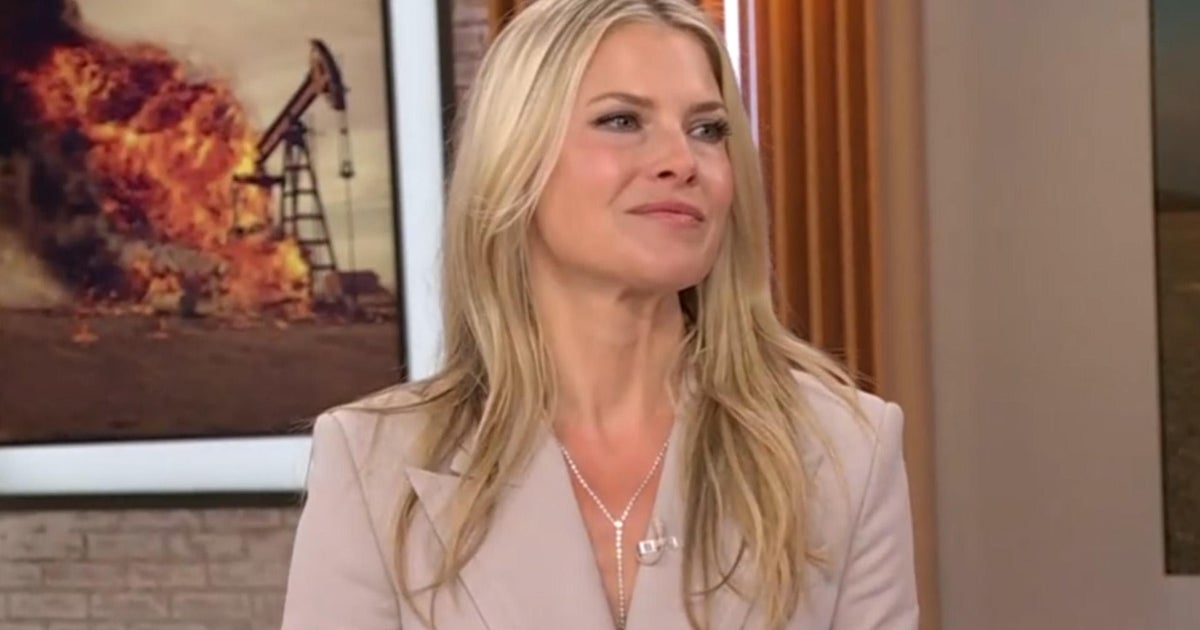Nancy Wallace, who toiled tirelessly to clean up the only freshwater river that flows in New York City, the Bronx River, and reclaim it for recreation and as a natural habitat, died on Feb. 15 at her home in Marblehead, Mass. She was 93.
Her death was confirmed by her daughter Lane Wallace.
Living in White Plains, N.Y., in the 1980s, Mrs. Wallace galvanized a broad campaign to rescue the river, at the time an inaccessible 23-mile watercourse that was home to more flotsam, like the carcasses of junked cars and rusted refrigerators, than fauna.
The river is mostly tidal and brackish from East Tremont Avenue in the Bronx down to where Hunts Point meets the saltwater East River, but it is considered generally fresh as it flows south from its source near the Kensico Dam in Westchester County.
While “naturally fresh” is a phrase not typically associated with the Bronx, New York’s only borough on the American mainland is, in fact, home to Pelham Bay Park, the city’s largest, as well as the New York Botanical Garden, the Bronx Zoo and the Hunts Point Produce Market — and a mostly freshwater river runs through it all.
A career educator and civic leader, Mrs. Wallace joined the board of the Bronx River Restoration in 1982. The following year, when the executive director left, she agreed to fill in temporarily. She held the job for 22 years, until she retired in 2006 — one year before biologists from the Wildlife Conservation Society in the Bronx reported a sighting of a beaver in the river for the first time in two centuries.
Mrs. Wallace almost single-handedly raised money from local governments, philanthropies and individuals for the restoration; won the support of officials in the Bronx and Westchester County; persuaded local businesses to donate construction equipment and supplies; and recruited Boy Scout troops and the City Volunteer Corps, among other groups, to help with the cleanup and restoration.
“For the long term, the basic thing we have to do is change people’s attitude toward the river,” she told The New York Times in 1988. “After all, it only became a problem because of what people did to it.”
The Bronx River Restoration and the umbrella Bronx River Alliance sought to turn an eyesore — for anyone who could find it along the Bronx River Parkway, the nation’s first — into a spot for hiking and canoeing. Conservationists reclaimed the riverbank to create improbable oases, like Starlight Park, hugging the Sheridan Expressway near East 173rd Street. The city’s parks department now calls the park “a vital link along the Bronx River Greenway.”
Ann Seaver Coolidge Upton was born on Sept. 2, 1930, in Marblehead. Her mother, Anna (Pennypacker) Upton, headed the welfare department in Marblehead, and her father, Edward, was a lawyer. Ann was called Nancy in keeping with a family tradition of giving children an informal name.
She earned a bachelor’s degree in English from Smith College in Massachusetts in 1951 and briefly interrupted master’s degree studies to marry Bruce A. Wallace, a mechanical engineer, whom she had met while working with inner-city teenagers in Paterson, N.J.
She changed her name legally to Ann U. Wallace in 1977, when she ran successfully for the Common Council in White Plains, though she continued to be known as Nancy Wallace.
After teaching and traveling once her husband had completed his service in the U.S. Army, the couple settled in White Plains in 1959. She worked with the local Parent Teachers Association on a plan to desegregate the local public school system and, as a member of the Common Council, shepherded that city’s groundbreaking, antidiscriminatory Fair Housing Law.
In 1982, she was importuned to join the board of Bronx River Restoration and readily accepted.
“I’d always been interested in environmental issues and causes — even my children were taught to fold their paper lunch bags very carefully and bring them home so we could reuse them,” she said in 2005.
In addition to her daughter Lane, Mrs. Wallace is survived by her husband; another daughter, Gail Wallace; a son, David; her sister, Lane Upton Serota; and three grandchildren. She moved back to her hometown with her husband in 2012.
The river restoration project had been underway for nearly a decade before Mrs. Wallace’s arrival on the board. It started as a partnership between Anthony Bouza, a Bronx police commander who was seeking to distract teenagers from delinquency, and Ruth Anderberg, who had harbored the idea of a restoration for a decade and who ultimately quit her job as a secretary at Fordham University to help initiate it.
Among Mrs. Wallace’s staunchest supporters were José E. Serrano, a state assemblyman from the Bronx at the time, before he became a U.S. representative; Bea Castiglia-Catullo, a fellow member of the river restoration board; and the New York City parks commissioner then, Henry J. Stern, who predicted in 1988 that the river would someday be “what it should be — a place for modern-day Huckleberry Finns.”
In helping to rescue the river, Mrs. Wallace combined political acumen, a knack for consensus building and skills in community organizing to seek common ground among suburban Westchester towns and the less affluent neighborhoods that abutted the river from the Bronx border at 242nd Street to the East River eight miles to the south.
“We’re not hoping to drink the water or anything,” she told The Times in 1988. “But we’re hoping to get it clean enough so the fish will want to come back.”
They did, American eels and the endangered alewife herring among them.















































